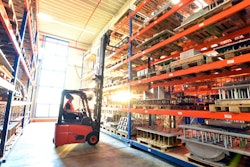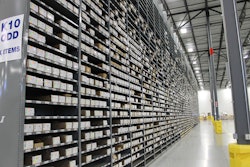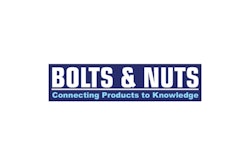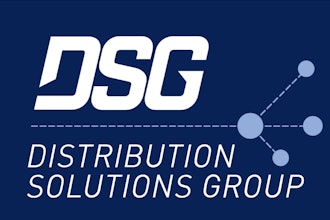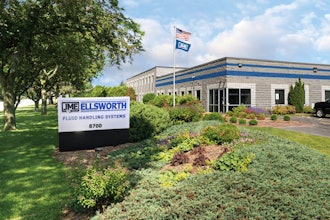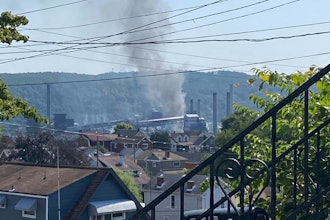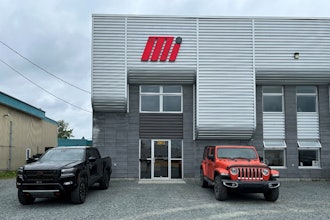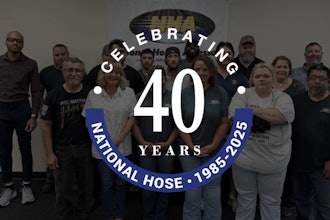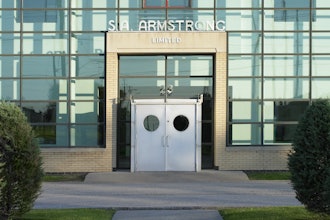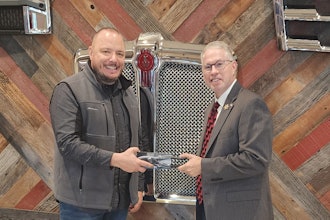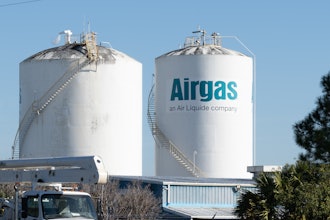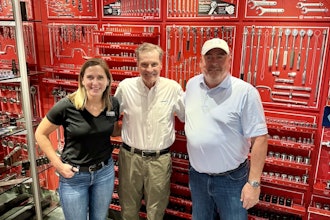“Help! I need more space!”
I get a call like this about 3-4 times a month from business owners or operations managers who need to find more usable space for their operation. They’ve grown past their capacity, and now they need their facility to catch up.
Modern distribution centers and facilities plan out every cubic inch of space, leaving no wasted space. But the same can’t be said of most warehouses, manufacturing facilities, or fulfillment centers built at least 20 years ago. In these spaces, there may be 10-15 feet of wasted space above your current operation, space that you are paying for and heating, but otherwise not using.
Answer Your Storage Needs by Looking Up
A simple, cost-effective solution to this is to add a mezzanine, a free-standing structure that provides an elevated deck over your existing setup, effectively doubling your usable square footage. The ground level operations can continue with minimal changes, like the addition of support columns. With the second level you can add office space or storage for equipment or products. And since it is considered a temporary structure by many municipalities, the permitting and approval process can be quicker than building an addition.
7 Reasons to Consider a Mezzanine
If you are looking to enhance your operation’s capacity, here are seven reasons why a mezzanine system might be right for you:
1. Need more space
As your company and operation grows, you may be in the envious place where you are looking for more space. While this is an exciting time for the company as a whole, it creates a logistical nightmare for operations managers and teams forced to work at 110% capacity. In some cases, a mezzanine can double your square footage without modifying your footprint.
2. Running out of office space
Maybe your company’s growth is no with products, but with people. This is common for manufacturing facilities, where you need more office space for managers, designers, and sales staff. By installing a mezzanine over your existing operation, you can use the new level for office space, meeting space, or even a breakroom.
3. Don’t want to adjust existing operations
Perhaps you are looking to better use the space you have, but without changing your existing operation. Or maybe you have machinery set in place, and you’d love to use the wasted airspace above it. A mezzanine is often a great solution for adding useful space without disrupting your current layout.
Mezzanines don’t have to be squares or rectangles; they can be arranged in any pattern to conform to the available footprint. Support columns can be arranged so they don’t affect your main level flow or system. And if your roof is high enough, the deck of the mezzanine can be set at a height for the desired clearance underneath.
4. Need a quick solution
Adding more space to your operation can take time; adding a mezzanine is much quicker than building an addition or finding new space. There are still several steps, including design, engineering surveys, and permits. But these happen relatively quickly compared to new construction. And installation is even quicker, measured in days, not months.
5. Need long-term storage
Not all space is created equal; sometimes you need space to get things out of the way of your main workspace or flow. This may include equipment or machine storage, as well as a location for slow-moving products. Just like an attic storage space in your home, a mezzanine provides long-term storage that’s easy to access when needed.
6. Don’t want to move or build
The logistics and hassle of moving to a new facility is immense. So too is the prospect of building an addition to your existing structure. If your current facility allows it, adding a mezzanine can give you the extra square footage you are looking for, but at 1/10th the cost of moving or building. As a standalone structure within your facility, a mezzanine system is also flexible, allowing you to adapt or modify it to meet very specific needs. Plus, if you ever do move, you can take the mezzanine with you!
7. Faster Depreciation
Since a mezzanine system is considered portable and removable, it does not count as a permanent improvement to your facility. That means the depreciation of the costs of a new mezzanine is spread out over 7 years, which can have a direct impact on your company’s tax bill and bottom line.
3 Reasons Why a Mezzanine Might Not Work
Not every space or operation is a good candidate for a mezzanine system. Here are three reasons why it might not work for you:
1. If you plan on using it for heavy storage
If your need to store heavy items (over 2000 lbs. per pallet), you’ll need to bulk up and add additional supporting columns. This means you’ll see a reduction of usable space underneath the deck, which can make this solution unfeasible.
2. If you need more high-volume storage
Frequently, the mezzanine is accessed by ladder or stairs for personnel, and swing gate for pallets, which means a 2-step process for stowing or accessing products. This makes a mezzanine great for storing equipment or low-volume products you only need to access a few times a year. For faster-moving products, you would need a more significant upgrade and integration to your existing workflow to make it feasible.
3. If your ceiling is too short
There are some practical space limitations for adding a mezzanine. Keep in mind the operational height clearance for the space under the deck, including any equipment, shelving, and forklifts operating through there. You also need 18-20” for lighting, sprinklers, and decking. I recommend a ceiling height of at least 14’ to practically consider a mezzanine system, and even higher for certain applications.
If your operation is looking for increase capacity or add additional storage space, installing a mezzanine system is an affordable solution to meet your needs. It may not be for every application, but for older facilities a mezzanine is an easy upgrade that will help you use your space more efficiently.
Chad Harbach is the Vice President of Sales & Marketing for J&J Material Handling Systems, Inc., based out of Columbia, PA. He has sold material handling products for over 18 years and thrives on creating relationships with a wide range of customers in his industry.





